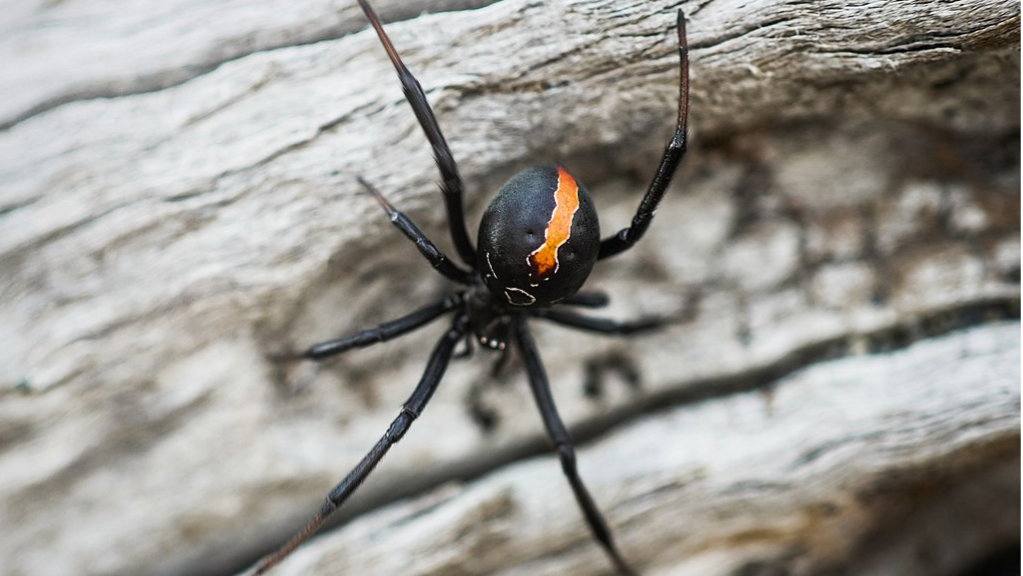Spiders matter too!

Katipō, NZ’s only venomous spider
Katipō Latrodectus katipo is New Zealand’s only venomous native spider, classified as ‘in serious decline’ by the Department of Conservation, and only one of two native spiders fully protected by New Zealand law. It is a coastal sand dune specialist and has suffered a dramatic decline in numbers. Jim O’Malley has been surveying Katipō populations in the Wellington and Wairarapa coastal areas and shared his findings at A Rocha’s Wellington Local Group Winter Kōrero in July.
Spiders can be sensitive to habitat loss and degradation. For the Katipō, destabilised coastal sand dunes have led to a massive reduction in appropriate habitat. This was a result of stock grazing, competition from an accidentally introduced spider Steatoda capensis, climate change and sea-level rise, and the disturbance and vegetation burning that accompanied European settlement, followed by ongoing commercial forestry, recreational use of dune systems and other activities. The introduction of Marram grass Ammophila arenaria, a plant which stabilises sand, exacerbated the problem over time: Marram grass initially stabilises dunes and provides good habitat for Katipō and its invertebrate prey, but over time can become so dense that web construction is difficult and the quantity of prey decreases.
In a nation-wide survey of Katipō in 2002, Katipō were found at five coastal Wairarapa locations. This has now declined to two. However, another population was discovered in Wellington Harbour. Through systematic surveying, we are finding increasing numbers at these sites – an encouraging outcome, despite there being fewer populations over time.
Of particular concern is the increasing effect of climate change and sea-level rise upon these Katipō populations. Where the foredunes are low in height, storm surges penetrate the rear dune areas, washing away everything in their path, potentially adversely affecting Katipō populations. While these events have of course occurred historically, storm surges have increased in frequency and intensity. The survey methodology has been modified to measure these factors and better understand these effects.
Two locations with currently sufficiently high foredunes to withstand storm surges have been identified – these will be managed as Katipō conservation areas where applicable planting, predator control and habitat enhancement will maximise Katipō numbers at each site. Participation in the monitoring expeditions is welcomed!